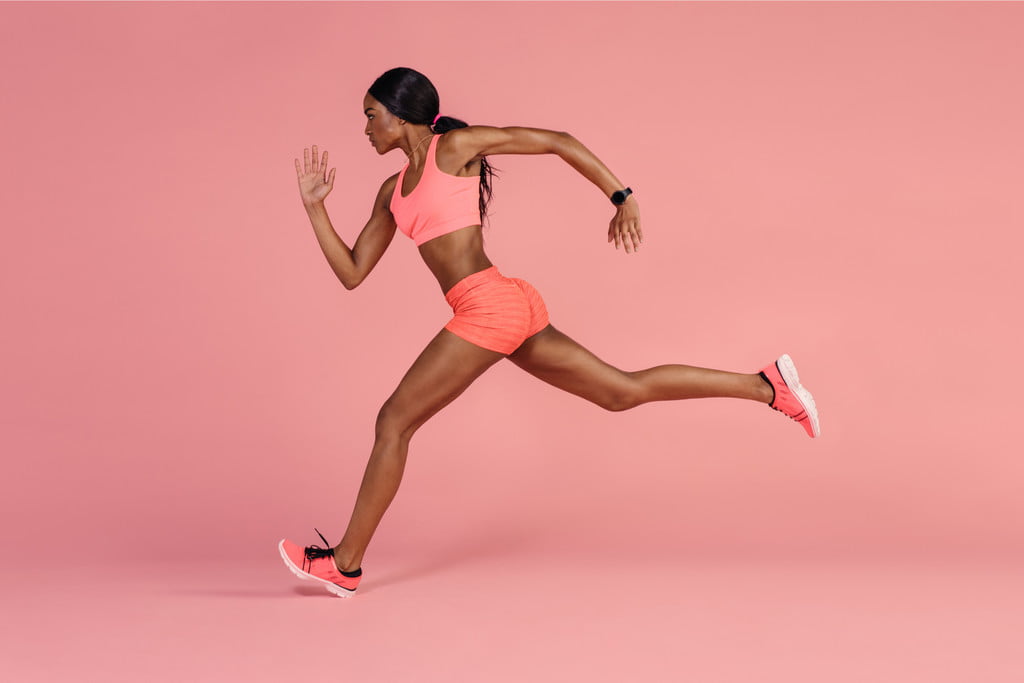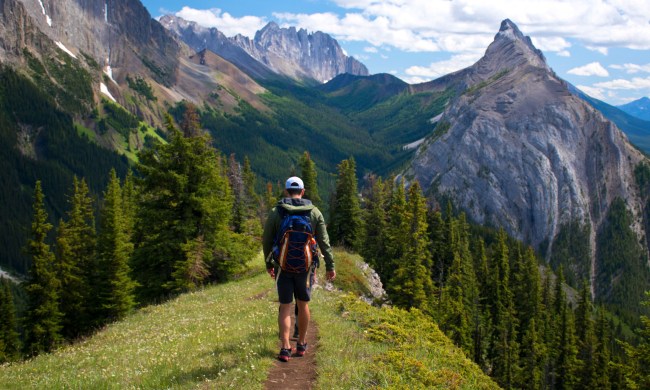Your feet support your entire body, so the last thing you want to do is wear the wrong shoes while running. Whether you are a novice or are a marathon runner, avoid injury with a properly-fitting running shoe. Avoid shin splints, knee pain, tendinitis, and more by making sure the shoes support you throughout all of your runs. Your running sneakers should be a comfortable fit from the start; there should be no break-in period. The first step is to identify if you need a new pair of shoes. If you’ve realized that, we’ll help you figure out how to determine which running shoes are right for you.
Is it time for a new pair?
You should only be wearing your running shoes for about three to four months. After that, they’ll offer you less support due to wear. While it can be frustrating to have to purchase a new pair of running shoes a couple of times a year, keeping your body safe is worth the cost. If you are unsure how long you’ve had your current pair of running shoes or you’re not sure if they properly fit, there are a few signs to figure it out.
You’ll want to purchase a new pair of running sneakers if:
- They give you blisters anywhere on the foot.
- You experience tightness or numbness in your toes.
- Aching arches and strains in your foot or calves.
Check your fit
Your sneakers should have a snug fit at the heel and midfoot. Shoes are designed to flex as you run because your toe will move forward, toward the front of the shoe, so make sure you have about a thumb’s distance of space between your big toe and shoe.
Skip the online shopping
While everything can be bought online these days, heading into a running shoe store where there is a specialist will help you in more ways than one. Thanks to their knowledge, they’ll be able to pick out sneakers that best accommodate you, and you’ll have the luxury of trying them on to deduce which one is the best fit.
Foot measurements
Definitely measure your foot at the store. As you age, your arch can flatten, causing a larger shoe size. It’s important to note that your running shoe size will probably be different from your typical, everyday shoe size. Plus, the shoe specialist will be able to determine if you have a wide or a narrow foot.
Brand knowledge
Shoe brands tend to differ in sizing, and the shoe specialist will be well aware of that. They’ll be able to measure your foot in-store and recommend the right-sized sneakers from every brand. Your specialist will also be able to identify brands that accommodate any foot issues or running preferences.

Foot specialties
Your specialist will know which shoes to pick depending on your arch and if you have any issues like a hammertoe. Make sure you relay all of your concerns so they can help you pick the best shoe.
Gait
If your foot tends to roll out to the left or right as you run, you’ll want to choose a shoe that properly supports your midfoot. However, you can also opt for a neutral shoe if your gait doesn’t lean in any direction. They should be able to determine your gait at the store or in a podiatry office if needed.
Cushioning
As you run, you may prefer all-around more firm or thick cushioning to support your feet. However, this isn’t for everyone! By trying on shoes in the store, you’ll also be able to test out what your foot-drop preference is. Running shoes with a foot drop provide more cushioning in the heel so that your heel strikes the ground first when you run. However, some running shoes are made with a zero drop, meaning there is even cushioning throughout the shoe, causing you to hit the ground at your midfoot and running at a lower impact.
Trail versus street
Depending on where you normally run, you are going to want a shoe that accommodates your running path. Running uphill across branches on a trail is going to require a totally different type of shoe and support versus running locally in your neighborhood.
While going into the store may seem like a nuisance, you’ll end up preventing the possibility of doctor’s appointments, injuries, or time off from running. The older you get, the more important it becomes to take care of your body, and one of those ways is to get the right pair of running shoes. Trust us — when you finally put the right sneakers on, you will notice the difference.



